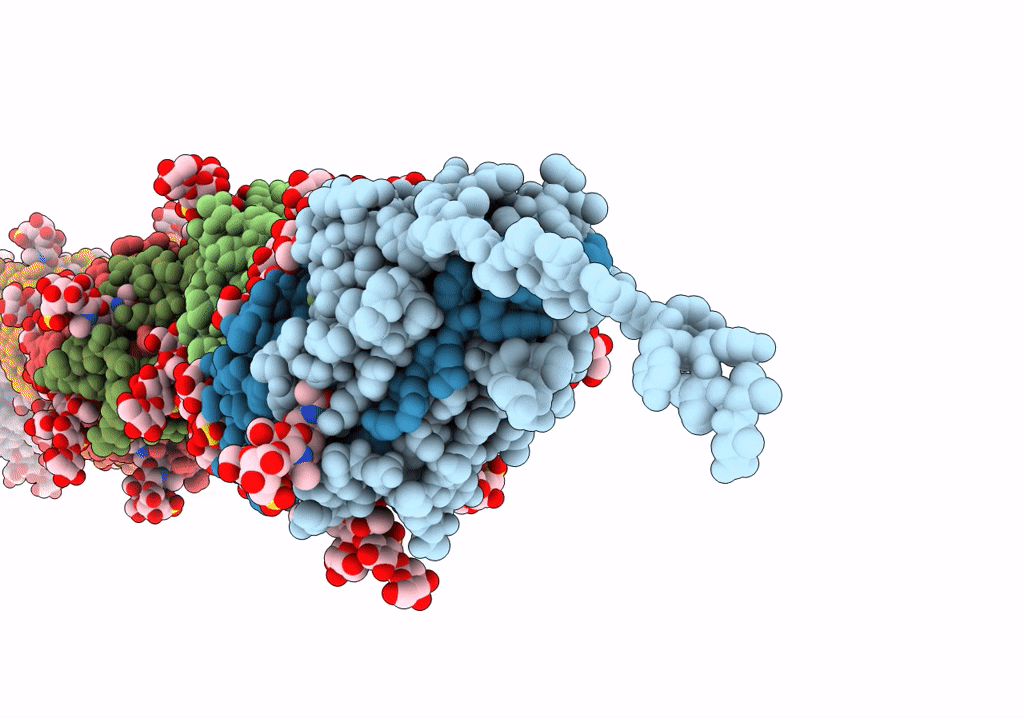
Deposition Date
2021-09-06
Release Date
2022-09-14
Last Version Date
2024-11-06
Entry Detail
Biological Source:
Source Organism:
Sulfolobus acidocaldarius (Taxon ID: 2285)
Host Organism:
Method Details:
Experimental Method:
Resolution:
3.46 Å
Aggregation State:
FILAMENT
Reconstruction Method:
HELICAL


